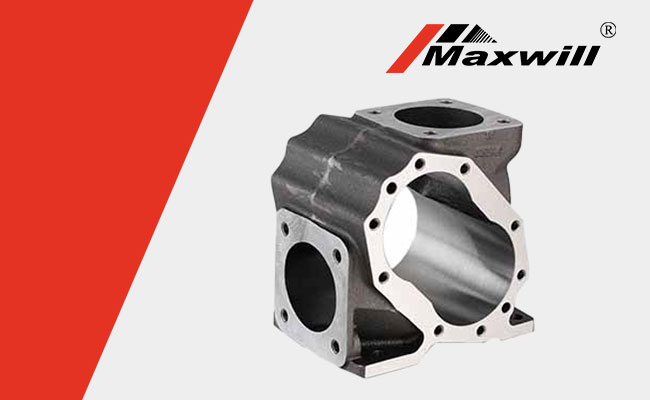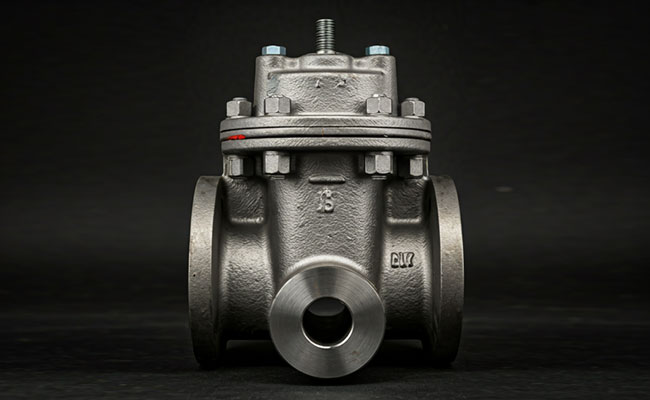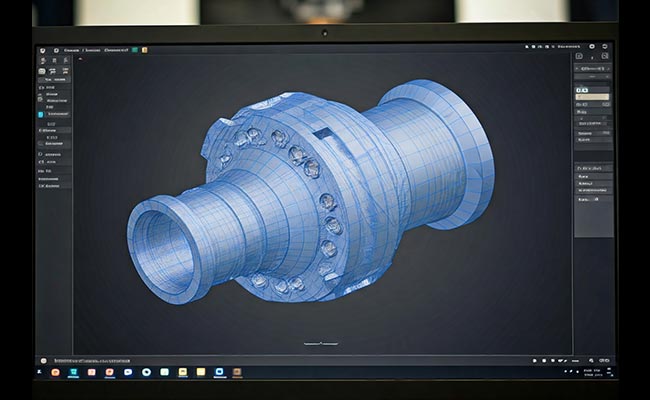
Evolution of Automation
2021-09-06
Preventive Measures for Common Defects of Ductile Iron
2021-09-18Nodular cast iron is a high-strength cast iron material developed in the 1950s. Its comprehensive performance is close to that of steel. It is based on its excellent performance that it has been successfully used to cast some complex forces, strength, toughness, and wear resistance. Highly demanding parts. Nodular cast iron has rapidly developed into a cast iron material second only to gray cast iron and widely used. The so-called “substituting iron for steel” mainly refers to ductile iron. In Chinese domestic production, the duplex smelting process is mostly applied, but in actual production, the molten iron melting temperature has deficiencies, which will affect the cost and quality of molten iron. For the medium frequency induction electric furnace smelting method, it can adjust the composition more flexibly in practical applications, has the characteristics of simple process and high quality, and has been applied in many foundries.
Common defects and causes of ductile iron
1. Graphite floats. It is generally believed that the production process of graphite floatation is due to the high content of carbon and silicon, the slow cooling rate of molten iron, and the precipitation of large amounts of large-diameter graphite, which segregates and accumulates on the upper part of the casting. The generation of graphite floating is mainly related to the carbon equivalent. In addition to the high carbon equivalent, it is also related to the presence of excessive oxide scum and sulfide scum in the molten iron, which aggravates the floatation of graphite.
2. Shrinkage cavity shrinkage. When the ball-milled cast iron is in a solidified state, the eutectic expansion force is correspondingly increased. When the mold stiffness is relatively small and the shape of the cast iron is expanded, the liquid metal compensation obtained at the final solidified part of the casting cannot meet the relevant requirements. , Which further leads to the emergence of shrinkage cavities and porosity. At the same time, for large spheroidal graphite cast iron parts, this kind of problem is more likely to occur. The main reason is the wall thickness and the thickness of the hot section. Without a reasonable design of the gating system, the molten iron in the cavity The temperature gradient cannot effectively meet the relevant requirements, and the supporting feeder has not been properly set up, so it is impossible to feed the liquid cooling of the corresponding hot section. In addition, when the strength of the mold is relatively small, the problem of shrinkage and porosity is likely to occur at the thick and large hot joints of the casting.
3. Subcutaneous pores. There are many reasons for the occurrence of pores under the skin of ductile cast iron. Generally, needle-like pores are often caused by H2 or CO, mainly H2 generated by residual Mg after spheroidization and moisture in the sand mold. Larger pores are often ellipsoidal. There are many reasons, but most of them are produced during casting.
4. Decline and poor spheroidization. One is the use of high-sulfur coke and nascent iron. When the original molten iron contains more than 0.1% sulfur, it often results in poor spheroidization; second, the molten iron at the interface with gray cast iron is not separated cleanly. Due to the calculation error of the charge, the gray cast iron molten iron is too much, The junction molten iron is not separated cleanly, as a result, high-sulfur, low-carbon gray cast iron molten iron is mixed into the nodular cast iron, resulting in poor spheroidization. The first package of nodular cast iron at the junction with gray cast iron is often encountered in production. The third is molten iron. Oxidation, the last package of nodular cast iron is molten iron. Improper operation often causes the molten iron to oxidize. Magnesium is a strong deoxidizer. As a result, part of the magnesium is consumed in deoxidation, and the amount of magnesium for spheroidization is insufficient, resulting in poor spheroidization; the fourth is to use Rare earth magnesium alloys with serious magnesium burning loss; Fifth, the temperature of the molten iron is too high or too low, the temperature of the molten iron is too high, the master alloy and the molten iron interact violently, and the magnesium burns seriously; The bottom does not work.




